Home > User Guides > VLE Guide for Instructors > Adding H5P Interactive Content > Dialog Cards
Dialog Cards
Dialog Cards are H5P content types that allows teachers to create cards with corresponding words or expressions on either side of the cards. An image and an audio file can also be added on one side of the card. Dialog cards can be used in language learning, to present math problems, or help learners remember facts such as historical events, formulas or names.
Below is an interactive example of the Dialog Card content type.
In order to create a Dialog Card content type:
1. Go to your content bank, click the Add button, and choose Dialog Cards. Doing so will redirect you to the Dialog Cards editor. Click the Enter Fullscreen button on the top-right of the editor to enable fullscreen editing.
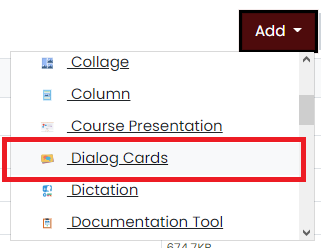
2. Type the title you want to give to your new Dialog Cards content type in the Title field. This will be useful if you want to search for the content later.

3. Enter the heading and task description in the Heading and Task description fields. Choose the presentation mode in the Mode chooser.

4. Move to the Dialogs section. You will add dialog cards and its contents here.
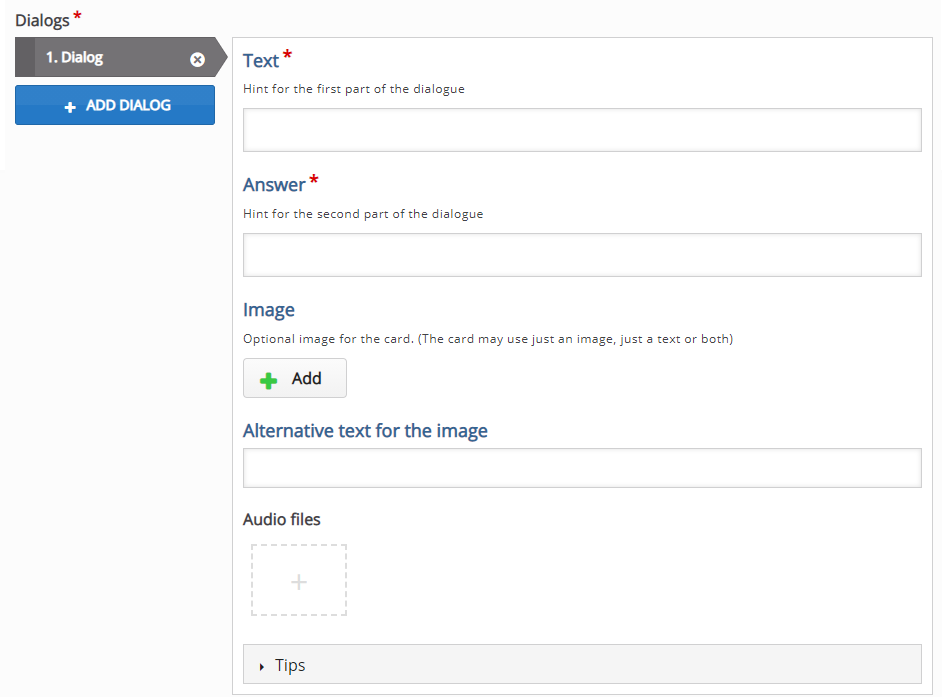
5. Add a dialog card’s text and answer in the Text and Answer fields. The text will be shown on the front side of the dialog while the answer will be shown on the other side when the student flips the card.
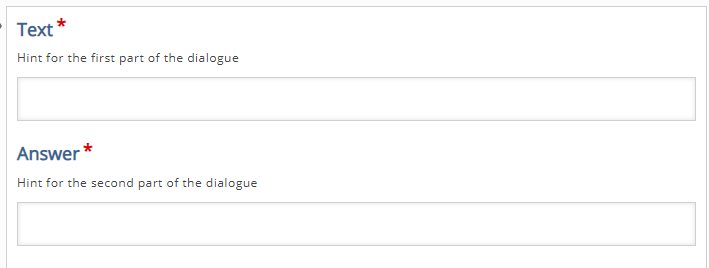
6. You can add an image, its alternative text, and an audio file associated with the image. Note that these are optional, so you may choose to skip these additions.
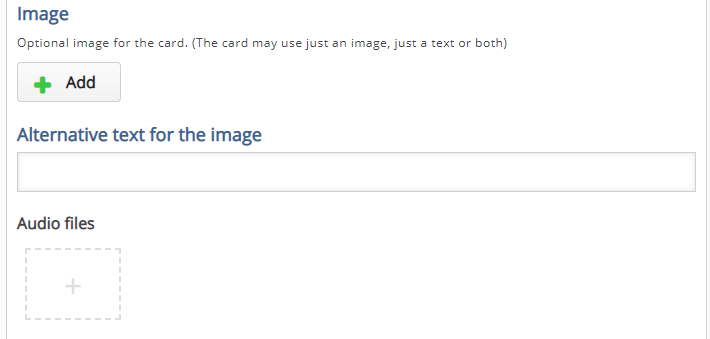
7. You can add tips in the Tips section. These can help the students in answering. These are also optional, so you may just leave them blank.
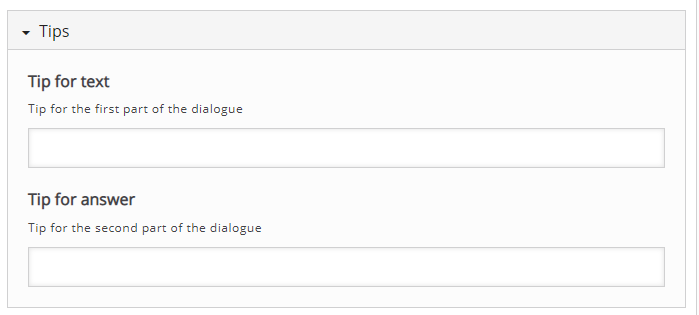
8. You can add more dialog cards as you see fit by clicking on the Add dialog button on the left side of the editor. If you want to remove a dialog card, click the “x” button on the right side of each dialog card tab. Click the up and down arrows on the left side of the tab or drag the tabs if you want to rearrange them.
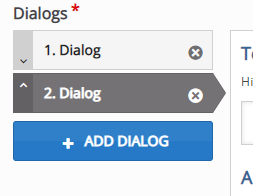
9. In the Behavioural settings section, you can manipulate how your content will behave.
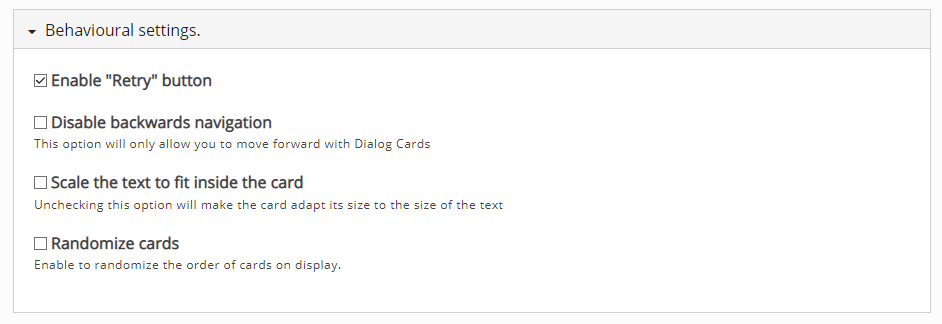
10. Click the Save button if you are done editing. It will now be added to your content bank for future use.